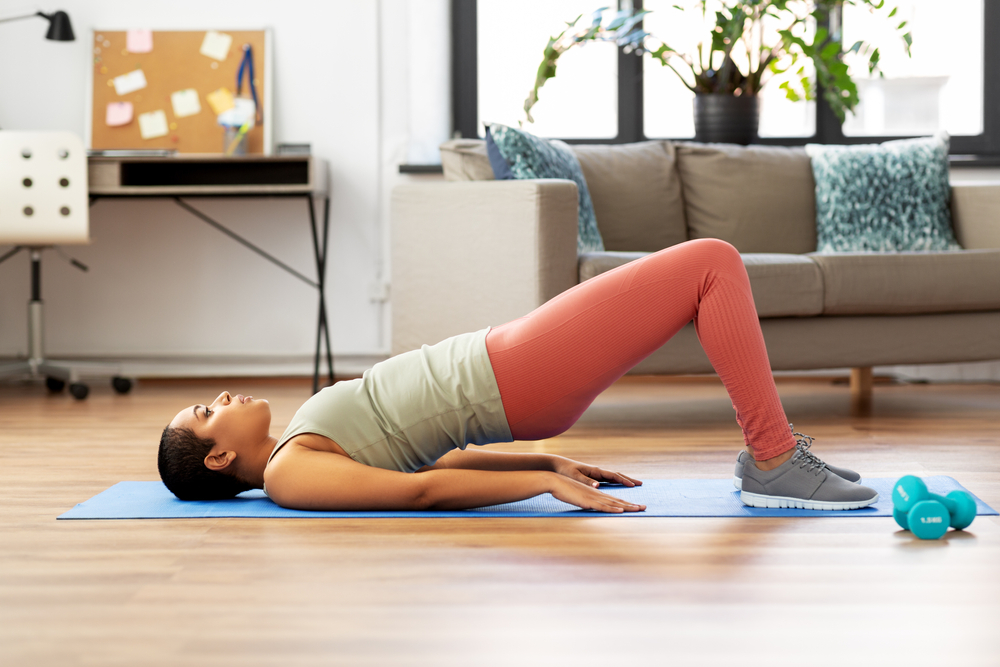
September 7, 2024
Urinary System Incontinence In Ladies Australasian Menopause Society
Options For Your Urinary System Incontinence: Melissa Grier, Md: Obgyn Pelvic flooring weakening is a considerable factor to urinary system incontinence during menopause. The pelvic flooring muscle mass, which sustain the bladder and urethra, can become stretched and compromised as a result of hormonal adjustments, giving birth, and aging. This weakening can cause a loss of bladder control, resulting in urinary system incontinence. Additionally, factors such as excessive weight and persistent coughing can additionally stress these muscle mass, worsening the concern. Females may likewise experience a decline in muscle control, making it hard to engage the pelvic floor muscular tissues effectively when required, which can cause raised episodes of leakage. The best evidence of benefit is for supervised PFMT in ladies with stress incontinence, with less effectiveness in those with urgency incontinence111.Suggestions To Take Care Of Urinary Incontinence
A lot of issues with bladder control that occur as a result of labor and shipment go away after the muscular tissues have had a long time to heal. If you're still having bladder troubles 6 weeks after giving birth, speak with your medical professional, nurse, or midwife. Retraining the bladder consists of finding out how to contract pelvic floor muscular tissues consistently and practicing how to hold the tightening for a details time period. Shaking your toes can additionally help reduce desire urinary incontinence as this sends a signal to the bladder to kick back. If you're experiencing incontinence during your duration or your cycle, it can transform your lifestyle.Find A Therapy Facility
Signs normally consist of frequent peeing, nocturia (waking during the night to urinate), and the failure to manage need to pee. The bladder, urethra and urinary sphincters work in performance to keep pee at reduced pressure and to invalidate willingly at socially practical or proper times. The detrusor muscular tissue and inner urethral sphincter are mainly smooth muscle, whereas the exterior urethral sphincter and pelvic flooring muscular tissues are primarily striated muscle mass. You can take a trip and take part in physical activities with menopause-related urinary incontinence. Methods like exercising desire suppression and utilizing urinary incontinence items can help manage leak throughout travel. Routine exercise, especially low-impact exercises that strengthen the pelvic flooring, can assist boost bladder control. Other drugs in fact do the contrary thing-- loosening up muscular tissues to enable your bladder to vacant entirely. Hormonal agent replacement treatments can-- often involving replacing estrogen that's lowered throughout menopause-- may additionally aid bring back regular bladder feature. Nevertheless, it's more usual in specific groups and at certain times in your life. Each of these experiences can create a female's pelvic assistance muscles to compromise gradually. Urinary system urinary incontinence is a problem that impacts many people's lives.Can you turn around women urinary incontinence?
There are no different medicine treatments that have been proved to cure urinary system incontinence. Early research studies have actually revealed that acupuncture can offer some benefit. Yoga exercise also may supply some advantage for urinary system incontinence, yet a lot more study is required.
- Furthermore, the emotional toll of taking care of incontinence can cause social withdrawal and decreased lifestyle, producing an intricate interplay between psychological health and urinary system control.
- Dietary alterations, such as staying clear of high levels of caffeine, alcohol, and spicy foods, can help in reducing bladder irritability and urinary incontinence symptoms.
- The prevalence of stress incontinence peaks in the fifth decade and afterwards decreases, whereas the frequency of both mixed and seriousness incontinence continues to enhance with age.
- It impacts primarily the sedentary nature of work, also regular use the car or the lack of time for any kind of exercise.
- It is likewise important to introduce bladder training, which must consist of the reduction of the frequency of sees to the toilet and exercises involving the control stream throughout urination.
Social Links